Festival En El Barrio Viejo
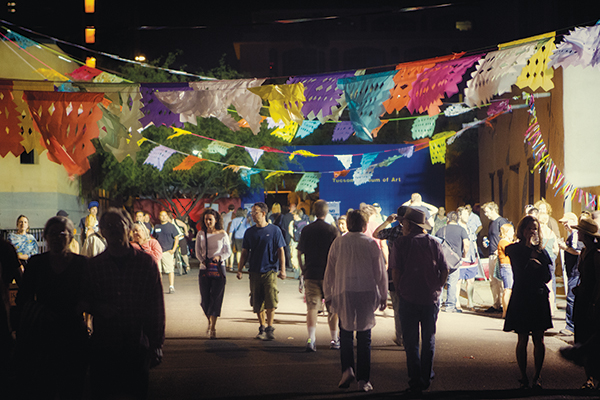
2012 Festival en el Barrio. photo by David Olsen
Calexico and other great bands join together to support KXCI and celebrate the beautiful Barrio of Tucson and its community
Sunday, March 24th marks the Fourth Annual Festival En El Barrio Viejo, which is taking place downtown in the streets of the El Presidio neighborhood. This year’s festival boasts three stages filled with amazing bands from Tucson and beyond, local food and spirits including the restaurants and storefronts of the Old Town Artisans, booths for shopping and crafts and a chance to support one of Tucson’s greatest resources–KXCI Community Radio.
Making their fourth consecutive appearance headlining the festival will be the celebrated native-Tucson band Calexico, who have gained a global fan base and have received widespread notoriety for their 2012 album Algiers. Currently on tour in Europe, the band always makes Tucson their first priority and this great festival is no exception.
“I love Tucson, why wouldn’t I want to give back to the town that inspires us?” says Calexico lead singer Joey Burns. “Plus it’s a great way to get together and celebrate. Any way to get people together in the barrios and neighborhoods is a good thing. Combining that with good food, drink, music and activities for all of the family members makes this a special spring time occasion. Helping out our local community sponsored radio station is also another movement that we should all get behind. We love KXCI.”
Along with Calexico, this year’s festival includes an exciting line up featuring the Grammy award winning New Orleans outfit Rebirth Brass Band, Tucson’s own Sergio Mendoza Y La Orkesta, Heartless Bastards, Brian Lopez, Mariachi Aztlan, The Cordials and many other great acts. The bands will be spread out among the main Barrio stage, the Telles stage and the Mariachi Aztlan stage beginning at 1:00pm.
“It’s a great street party and we have a really killer musical lineup this year,” says Executive Director of the Rialto Foundation Curtis McCrary. “I’m really excited about Rebirth Brass Band. We had them at Rialto in 2008 and they were really terrific and put on a great show. Now they’ve been on the show Treme, and they have a lot of notoriety and we’re really excited to have them on the bill. Each year it seems to get better and more refined with more food and beer offerings and it’s a great thing to do on a nice afternoon.”
The proceeds from the festival will go toward funding for KXCI, who are loved by the Tucson community for their support of local artists and their tireless quest to keep independent radio alive in our city. The programming of KXCI largely benefits local bands and musicians and they have done much to boost the popularity of such artists, including Calexico.
“KXCI has always been supportive of local artists and bands,” says Burns. “They have been there for us since the beginning and continue to help out local bands and bring in interesting touring acts to their station. They have a lot of diversity in their programming and shows that I admire and can’t find anywhere else.”
“By sharing eclectic commercial-free music with our audience, we’re able to introduce songs and artists – old and new – that you simply don’t hear anywhere else on the radio dial,” says General Manager of KXCI Randy Peterson. “And because we’re locally based and community-driven, we’re able to reflect the interests and values of our community while at the same time championing those things we love about it.”
The beautiful setting of the festival is nestled in the Barrio of downtown Tucson on Alameda between Main and Church in El Presidio neighborhood, which contains beautiful historic houses, the Old Town Artisans complex and the Tucson Museum of Art.
“We’re really grateful for the support and willingness of the Presidio neighborhood, because if it wasn’t for them allowing us to bring this event to their doorsteps we wouldn’t be able to do this,” says McCrary. “It’s the perfect place to have an event like this and they’re all really supportive of our efforts and do everything they can to accommodate us and make us feel welcomed.”
“My favorite part is probably the incredible behind-the-scenes effort that it takes to make it all happen” says Peterson. “Putting on a multi-stage live outdoor event requires a lot of cooperation with the neighborhood (who are always wonderful), the musicians, the vendors, the organizers and city officials. A lot of people think this is “just” a KXCI event – but it wouldn’t happen without the incredible team at the Rialto Theatre and at Stateside Presents.”
Tickets cost $24.00 in advance, $27.00 at the door and can be purchased at the festival gates or prior at www.rialtotheatre.com. Special VIP tickets are available that include seating in the area closest to the stage, a private bartender and private bathrooms. Children under 10 are admitted free with a paid adult.
“It’s a great day of great music, first and foremost, but it’s also a wonderful opportunity to gather as a music loving community,” says Peterson. “On top of that there’s wonderful food, great drinks and a great time to be had by all. And if the attendees are smart, they will plan to take the following Monday off of work.”
The festival is located at 166 West Alameda Street. Visit www.rialtotheatre.com or www.kxci.org or call 520-740-1000 for more information.

 Tucson is full of surprises.
Tucson is full of surprises.
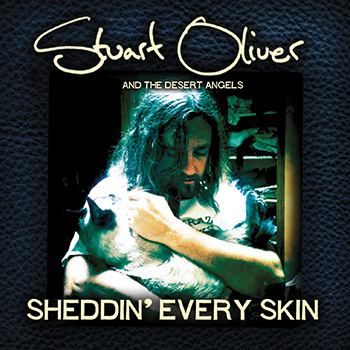 Sheddin’ Every Skin
Sheddin’ Every Skin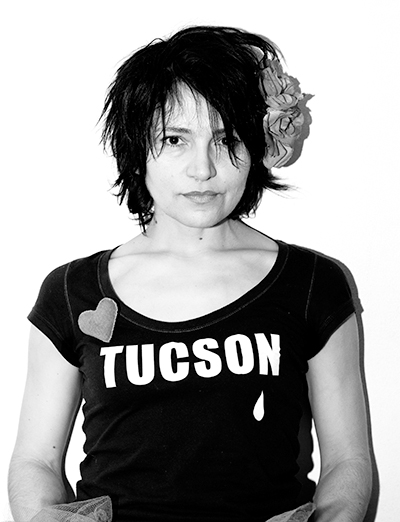
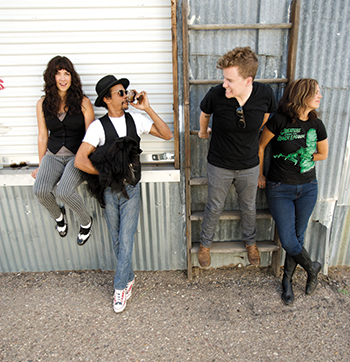
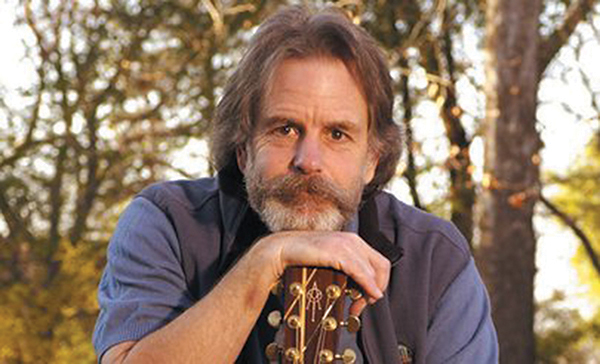
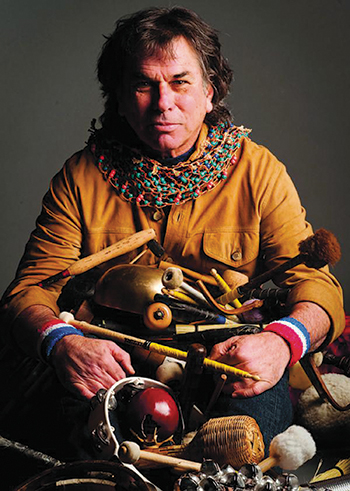

 For the seventh time in as many years, the Tucson Jazz Society is hosting a gala New Year’s Eve Jazz concert at the JW Marriott Starr Pass Resort and Spa. This year the line up includes a triple bill of headliners who each have a new CD about to be released. Rick Braun, Richard Elliot and Pete White will help Tucson Jazz fans ring in the new year in style. Joining the bill is the Tucson Jazz Institute’s award winning Ellington Band which features many up and coming musicians who promise to impress. A five-course gourmet meal, silent auction and champagne toast at midnight will round out the evening which will also be raising funds to support the Tucson Alliance for Autism, The National Autism Society and the Tucson Jazz Society’s Youth Music Education Program. For tickets and more information visit
For the seventh time in as many years, the Tucson Jazz Society is hosting a gala New Year’s Eve Jazz concert at the JW Marriott Starr Pass Resort and Spa. This year the line up includes a triple bill of headliners who each have a new CD about to be released. Rick Braun, Richard Elliot and Pete White will help Tucson Jazz fans ring in the new year in style. Joining the bill is the Tucson Jazz Institute’s award winning Ellington Band which features many up and coming musicians who promise to impress. A five-course gourmet meal, silent auction and champagne toast at midnight will round out the evening which will also be raising funds to support the Tucson Alliance for Autism, The National Autism Society and the Tucson Jazz Society’s Youth Music Education Program. For tickets and more information visit  The wry and undeniably hilarious nine-year run of U.S. television sitcom Seinfeld, and its subsequent eternal perpetuity in nonstop syndication, has provided Americans with numerous tropes to toss about in jest: soup nazi, man hands, puffy shirt. Funny, all.
The wry and undeniably hilarious nine-year run of U.S. television sitcom Seinfeld, and its subsequent eternal perpetuity in nonstop syndication, has provided Americans with numerous tropes to toss about in jest: soup nazi, man hands, puffy shirt. Funny, all.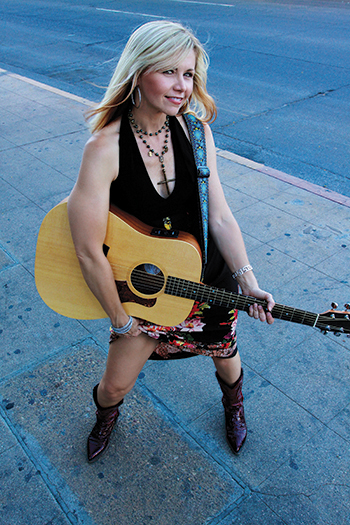




Also find us on...